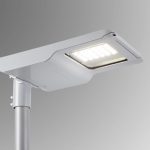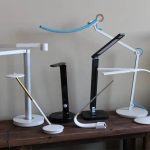Sleep Better: Discovering the Best LED Light Color for a Restful Night
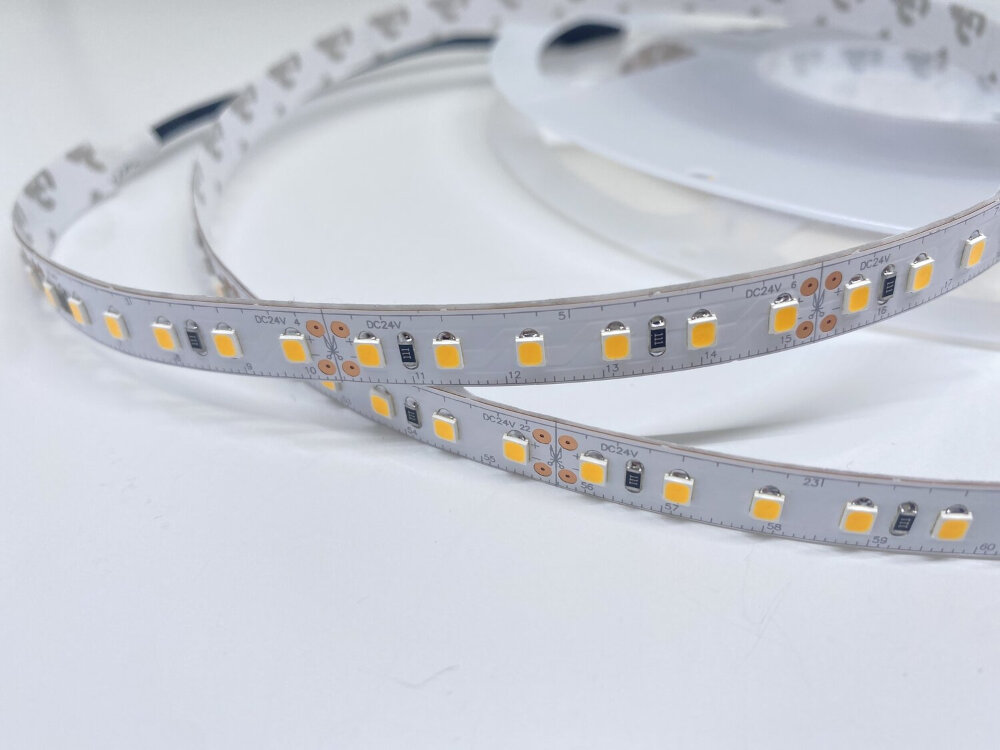
Getting a good night’s sleep is crucial for our overall health and well-being. However, many factors can affect the quality of our sleep, including the environment we sleep in. One of the most overlooked factors is the color of the LED light we use in our bedrooms. The color of the LED light can significantly impact our sleep patterns and affect our ability to fall asleep and stay asleep. Therefore, it is essential to discover the best LED light color for a restful night’s sleep. Numerous studies have shown that exposure to certain colors of light can affect our circadian rhythm, the internal biological clock that regulates our sleep-wake cycle. Blue light, which is emitted by most electronic devices and LED lights, can suppress the production of melatonin, a hormone that promotes sleepiness. This means that exposure to blue light can make it harder for us to fall asleep and stay asleep. On the other hand, red light has been shown to have a calming effect and can promote relaxation, making it an ideal color for a restful night’s sleep. In this article, we will go over the best LED light colors for a restful night’s sleep and how you can incorporate them into your bedroom routine.
LED lights can have a significant impact on the quality and duration of sleep. Exposure to blue light, which is prevalent in many LED lights, can disrupt the body’s natural circadian rhythm and suppress the production of the sleep hormone melatonin. This can lead to difficulty falling asleep, waking up frequently during the night, and feeling groggy and unrefreshed in the morning. However, using warm-toned LED lights with lower levels of blue light can help promote relaxation and enhance the production of melatonin, leading to a more restful and rejuvenating sleep experience. It’s essential to be mindful of the type of LED lights used in the bedroom to ensure a good night’s sleep and optimal health and well-being.
The importance of choosing the right LED light color for better sleep cannot be overstated. The color of light that we expose ourselves to can have a profound effect on the quality of our sleep. Blue light, which is emitted by many electronic devices and LED lights, can disrupt our natural sleep-wake cycle and suppress the production of melatonin, a hormone that regulates sleep. On the other hand, warmer colors like orange and red can help to stimulate the production of melatonin and promote a more restful sleep. By choosing the right LED light color, we can create a more sleep-friendly environment and improve our overall well-being. So, if you’re struggling to get a good night’s sleep, it may be time to consider switching up your lighting.
Understanding the Science of Sleep
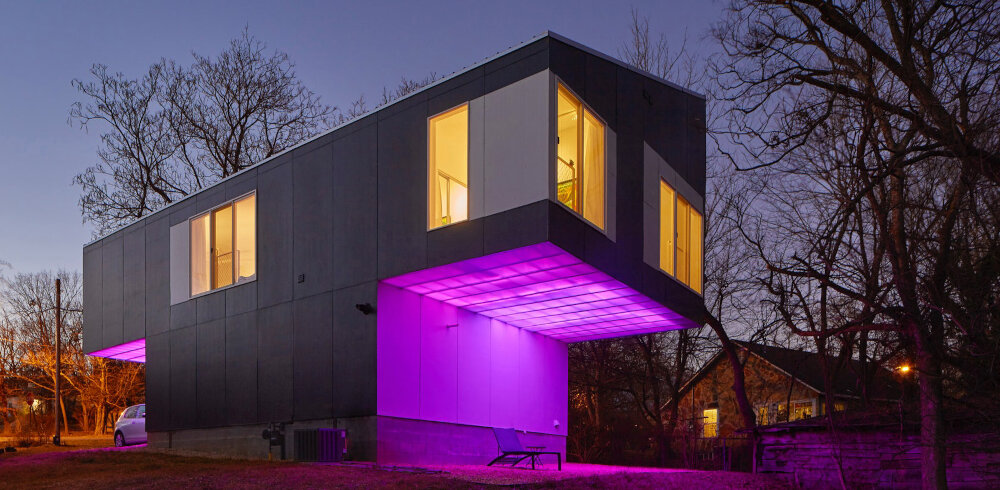
Understanding the science of sleep is crucial in maintaining a healthy lifestyle. Sleep is an essential part of our daily routine as it helps our bodies to rejuvenate and repair itself. It is a complex process that involves various factors such as brain waves, hormones, and environmental factors. The science of sleep is constantly evolving, and researchers are discovering new information that can help us improve our sleep quality. For instance, studies have shown that exposure to blue light emitted from electronic devices can disrupt our circadian rhythm, making it harder for us to fall asleep at night. Understanding the science of sleep can help us create a conducive sleep environment that promotes better sleep quality. The science of sleep also highlights the importance of light in regulating our sleep-wake cycle. Light exposure can influence our circadian rhythm and affect the production of melatonin, a hormone that regulates sleep. The type of light that we are exposed to can significantly impact our sleep quality. For example, exposure to blue light can suppress the production of melatonin, making it harder for us to fall asleep at night. In contrast, exposure to warm light, especially in the evening, can promote relaxation and improve our sleep quality. Understanding the science of sleep can help us choose the right lighting for our bedroom and create a relaxing sleep environment that promotes better sleep quality.
The body’s natural sleep cycle, also known as the circadian rhythm, is a 24-hour internal clock that regulates our sleep-wake cycle. This rhythm is influenced by various factors, including daylight and darkness, which trigger the release of hormones such as melatonin that help regulate sleep. During the day, exposure to natural light helps keep us alert and awake, while at night, darkness signals the body to produce more melatonin, promoting sleepiness. Disrupting this natural rhythm, such as exposure to artificial light at night, can have negative effects on sleep quality and overall health. Understanding and respecting our body’s natural sleep cycle is essential for achieving restful and rejuvenating sleep.
The use of LED lights before bedtime can disrupt sleep patterns due to their high blue light emission. Blue light has a stimulating effect on the brain, suppressing the production of melatonin, a hormone that regulates sleep-wake cycles. Exposure to blue light from electronic devices and LED lights can delay the onset of sleep and reduce the quality of sleep. This can have negative effects on health, including increased risk of obesity, diabetes, and depression. To avoid disrupted sleep patterns, it is recommended to limit exposure to blue light in the hours leading up to bedtime and to use warmer, more amber-colored LED lights in the bedroom.
How LED Lights Affect Sleep
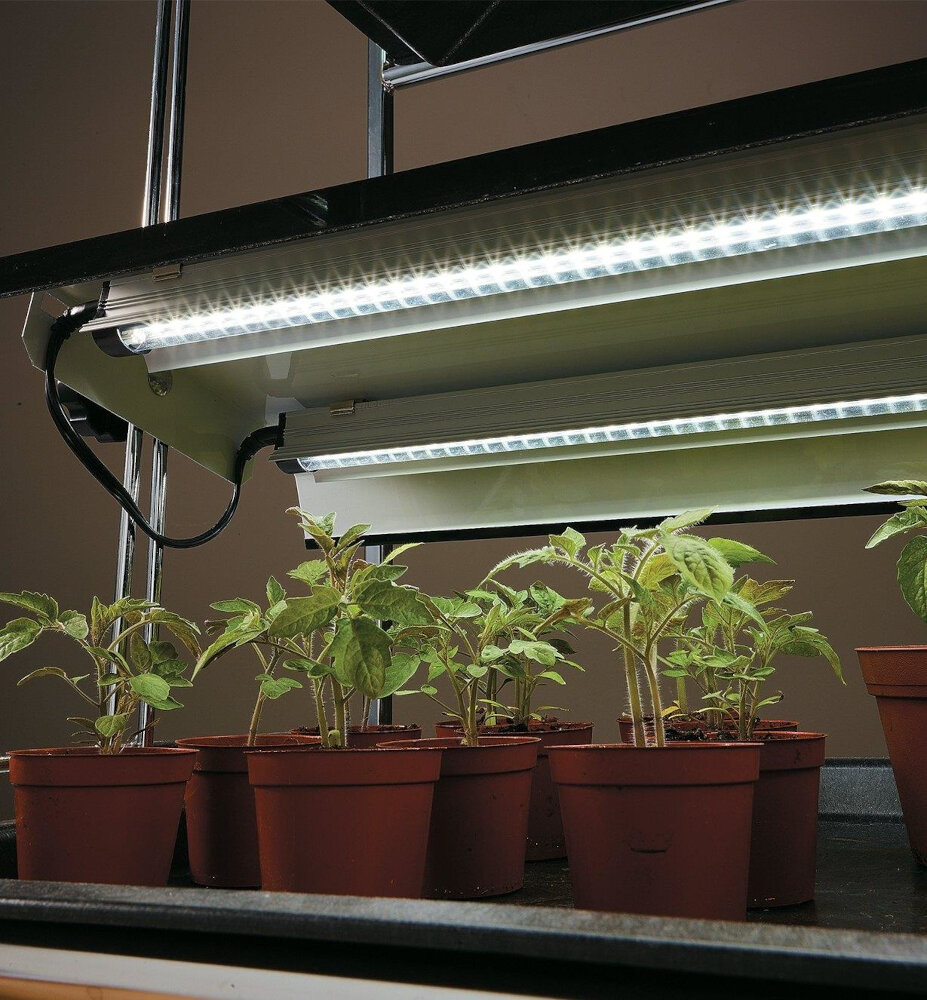
LED lights have become increasingly popular in recent years due to their energy efficiency and longevity. However, their blue light emission can have negative effects on sleep quality. The blue light spectrum suppresses the body’s natural production of melatonin, a hormone that regulates sleep-wake cycles. This disruption can lead to difficulty falling asleep, staying asleep, and feeling rested in the morning. Studies have shown that exposure to blue light in the evening can delay the onset of melatonin production by up to 1-2 hours, effectively shifting the body’s internal clock and making it harder to fall asleep at a reasonable hour. Fortunately, there are ways to mitigate the negative effects of LED lights on sleep. One solution is to use warmer, more amber-colored bulbs in the evening. These bulbs emit less blue light and are less likely to disrupt melatonin production. Another option is to use specialized blue light-blocking glasses in the evening, which can filter out the harmful blue wavelengths. Additionally, many modern LED lights now come equipped with color temperature controls, allowing users to adjust the warmth or coolness of the light depending on the time of day. By taking these steps to reduce exposure to blue light in the evening, individuals can improve their sleep quality and wake up feeling more refreshed and energized.
Light plays a crucial role in regulating our sleep-wake cycle, also known as the circadian rhythm. The body’s circadian rhythm is influenced by a small region in the hypothalamus of the brain called the suprachiasmatic nucleus (SCN), which receives information about the external environment, particularly light. Exposure to bright light in the morning helps to reset the circadian rhythm and promote alertness, while dimmer light signals the body to start winding down at night. The use of LED lights with warmer color temperatures in the evening can reduce the amount of blue light exposure, which can disrupt the circadian rhythm and interfere with quality sleep. Therefore, understanding the role of light in regulating sleep can help individuals make informed decisions about their lighting choices and improve their overall sleep quality.
LED lights have become a popular lighting option in recent times due to their energy efficiency and long life span. However, the different types of LED lights can have varying impacts on our sleep. Blue light, for instance, which is abundant in cool white LED lights, can suppress melatonin production and disrupt sleep. On the other hand, warm white LED lights have less blue light content, making them a better option for promoting relaxation and sleep. Additionally, red LED lights have been found to have a calming effect on the body, helping to reduce stress and promote better sleep. Therefore, it is essential to consider the type of LED light used in our homes, especially in the bedroom, to ensure that it promotes a restful night’s sleep.
Choosing the Best LED Light Color for a Restful Night’s Sleep
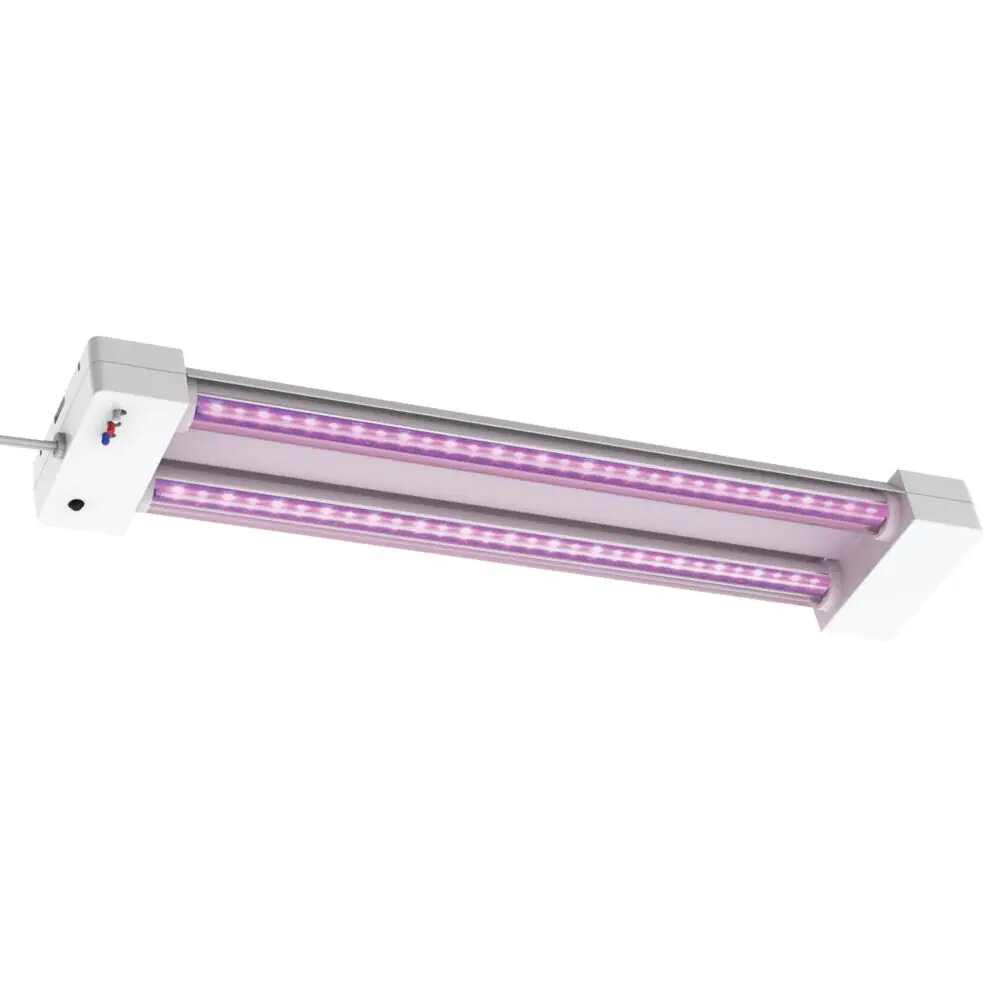
Getting a good night’s sleep is essential for maintaining good health and overall wellbeing. However, many people struggle with falling asleep or staying asleep throughout the night. One factor that can significantly impact sleep quality is the type of lighting in the bedroom. Specifically, the color of LED lights can have a significant impact on sleep quality. Choosing the right LED light color for a restful night’s sleep can make a significant difference in the quality and quantity of sleep that you get each night. Studies have shown that blue light, which is emitted by many LED lights, can interfere with sleep by suppressing the production of melatonin, a hormone that helps regulate sleep-wake cycles. Therefore, it is best to avoid LED lights with blue tones in the bedroom. Instead, choosing LED lights with warmer tones, such as yellow or orange, can help promote relaxation and enhance the production of melatonin, leading to a more restful night’s sleep. It is also important to avoid bright or harsh lighting in the bedroom, as this can be overstimulating and make it difficult to fall asleep. By choosing the right LED light color and adjusting the brightness levels, you can create a calming and relaxing environment that promotes restful sleep.
Choosing warmer colors for LED lights can have numerous benefits, especially when it comes to getting a good night’s sleep. Warmer colors, such as yellow, orange, and red, have a soothing effect on the mind and body, making it easier to relax and fall asleep faster. These colors also promote the production of melatonin, a hormone that regulates the sleep-wake cycle, helping you stay asleep throughout the night. Additionally, warmer colors can create a cozy and inviting atmosphere in your bedroom, making it a more comfortable space to unwind and recharge after a long day. By selecting warmer hues for your LED lights, you can optimize your bedroom environment for better sleep and wake up feeling more refreshed and energized.
Warmer colors such as red, orange, and yellow have longer wavelengths and lower color temperatures which make them a great choice for promoting relaxation and better sleep. These colors are associated with feelings of warmth, comfort, and relaxation. Warmer colors create a soothing environment that can help reduce stress and anxiety, making it easier to fall asleep and stay asleep. Additionally, warmer lighting can help regulate melatonin production, a hormone that helps regulate sleep-wake cycles. By choosing warmer LED light colors, you can create a cozy and relaxing atmosphere that can help you get a restful night’s sleep.
Choosing the optimal LED light color for your sleep needs is an important factor in achieving a restful night’s sleep. Blue light has been found to suppress melatonin production, which can negatively impact your sleep cycle. Therefore, it is recommended to avoid blue light before bed. Red light, on the other hand, has been found to promote melatonin production and aid in falling asleep. Warm white light, also known as \soft white,\ can also be a good option as it mimics the warmth of natural sunlight and can help regulate your circadian rhythm. Ultimately, it’s important to find a light color that works best for you and your sleep needs, and to avoid bright or stimulating light before bedtime.
Other Tips for Better Sleep

In addition to choosing the right LED light color, there are several other tips you can follow to improve the quality of your sleep. Firstly, it’s important to establish a regular sleep routine. Try to go to bed and wake up at the same time every day, even on weekends. This helps regulate your body’s internal clock and can lead to better sleep. Secondly, create a relaxing bedtime routine. This could involve taking a warm bath, reading a book, or listening to calming music. Avoid activities that are stimulating or stressful, such as watching TV or working on your laptop, as these can make it harder to fall asleep. Another important aspect of getting good sleep is creating a comfortable sleep environment. Make sure your bedroom is cool, quiet, and dark. Use blackout curtains or a sleep mask if necessary to block out light. Invest in a comfortable mattress and pillows, and consider using a white noise machine to drown out any outside noise. Finally, avoid caffeine, alcohol, and nicotine in the hours leading up to bedtime, as these can interfere with your sleep. By following these tips and choosing the right LED light color, you can enjoy a more restful and rejuvenating night’s sleep.
In addition to light, other environmental factors can greatly impact the quality of our sleep. Temperature is one such factor, with research indicating that cooler temperatures tend to promote deeper and more restful sleep. Conversely, warmer temperatures can make it more difficult to fall asleep and stay asleep throughout the night. Noise is another factor that can disrupt sleep, with loud or sudden sounds triggering the body’s fight-or-flight response and interrupting natural sleep patterns. To promote optimal sleep, it is important to create a comfortable and quiet sleep environment, with a temperature that is conducive to rest and minimal noise disturbances.
Creating an optimal sleep environment is essential for a good night’s rest. First and foremost, it’s important to eliminate any distractions that could prevent you from falling asleep, such as noise, light, or uncomfortable temperatures. A dark, quiet, and cool room is ideal for sleep. Additionally, choosing the right lighting can have a significant impact on your ability to fall asleep and stay asleep. Blue light, commonly emitted by electronic devices, can disrupt your sleep cycle, so it’s best to avoid it before bedtime. Instead, consider using warm and dim lighting in your bedroom, such as red or orange LED lights, which can help stimulate the production of melatonin, the hormone that regulates sleep. By optimizing your sleep environment, you’ll be able to improve your sleep quality and wake up feeling refreshed and energized.
Choosing the right LED light color can play a significant role in getting better sleep. The blue light emitted by electronic devices and some LED lights can suppress the production of melatonin, a hormone that regulates sleep. Exposure to blue light before bed can lead to difficulty falling asleep and staying asleep. On the other hand, warm and dimmer LED lights, such as those with a color temperature of 2700K-3000K, can promote relaxation and help to prepare the body for sleep. Additionally, using LED lights with adjustable color temperatures can allow for greater customization of lighting choices to suit individual sleep needs. Investing in the right LED light color can ultimately lead to better sleep hygiene and overall well-being.
Creating a sleep-friendly environment is crucial for achieving a restful night’s sleep, which is why optimizing your sleep environment is essential. Some tips for optimizing your sleep environment include reducing noise levels, keeping the room at a cool temperature, using comfortable bedding, minimizing light exposure, and choosing the right LED light color. According to research, blue light exposure before bed can disrupt sleep, while warmer light colors like red, orange, and yellow can promote relaxation and improve sleep quality. By making small changes to your sleep environment, you can increase your chances of getting the restful and restorative sleep you need to feel your best.
Prioritizing sleep is crucial for overall health and wellbeing. Getting enough quality sleep not only helps to boost our physical performance and cognitive abilities but also plays a critical role in maintaining our emotional and mental health. Lack of sleep can lead to an increased risk of developing chronic health conditions such as obesity, diabetes, and heart disease, as well as exacerbating mental health issues such as anxiety and depression. Therefore, creating a conducive environment for quality sleep, such as choosing the right LED light color, can make a significant difference in our overall health and wellbeing. It’s essential to prioritize and make time for sleep to ensure we are functioning at our best and living a healthy, fulfilling life.
Conclusion
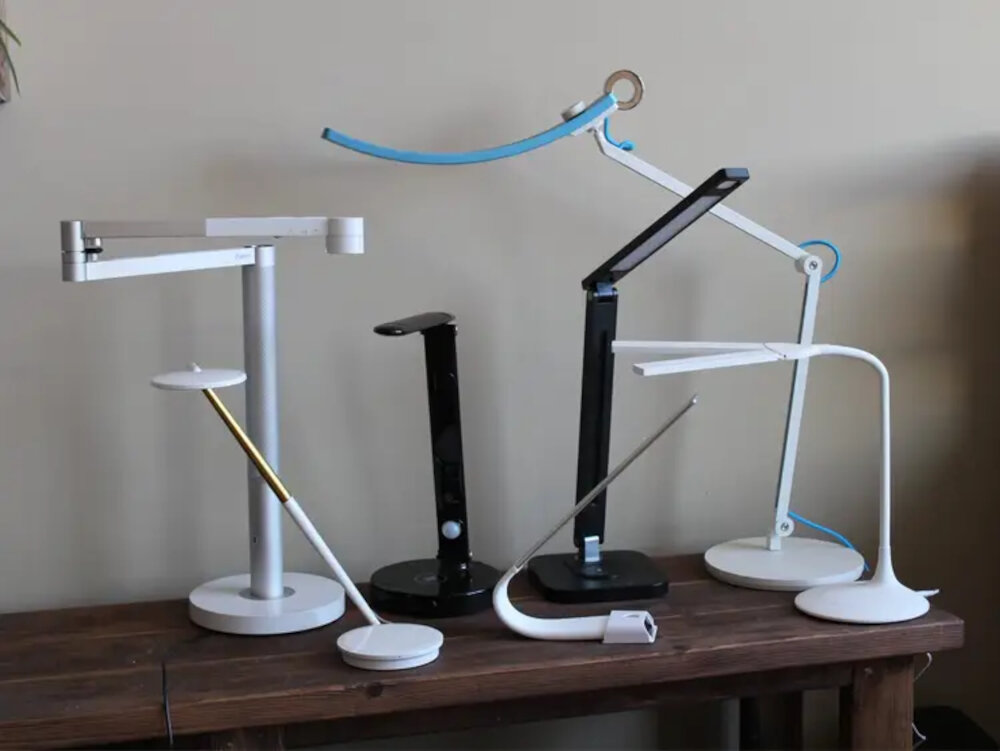
In conclusion, choosing the right LED light color for a restful night’s sleep is a simple yet effective way to improve overall sleep quality. By understanding the effects of different colors on the body and mind, individuals can make informed decisions when selecting lighting for their sleep environment. Whether it’s warm amber tones or calming blue hues, the right LED light color can make a significant difference in promoting relaxation and helping individuals achieve a deeper, more restorative sleep. So, next time you’re struggling to get a good night’s rest, consider making a change to your sleep environment with the power of LED lighting.

